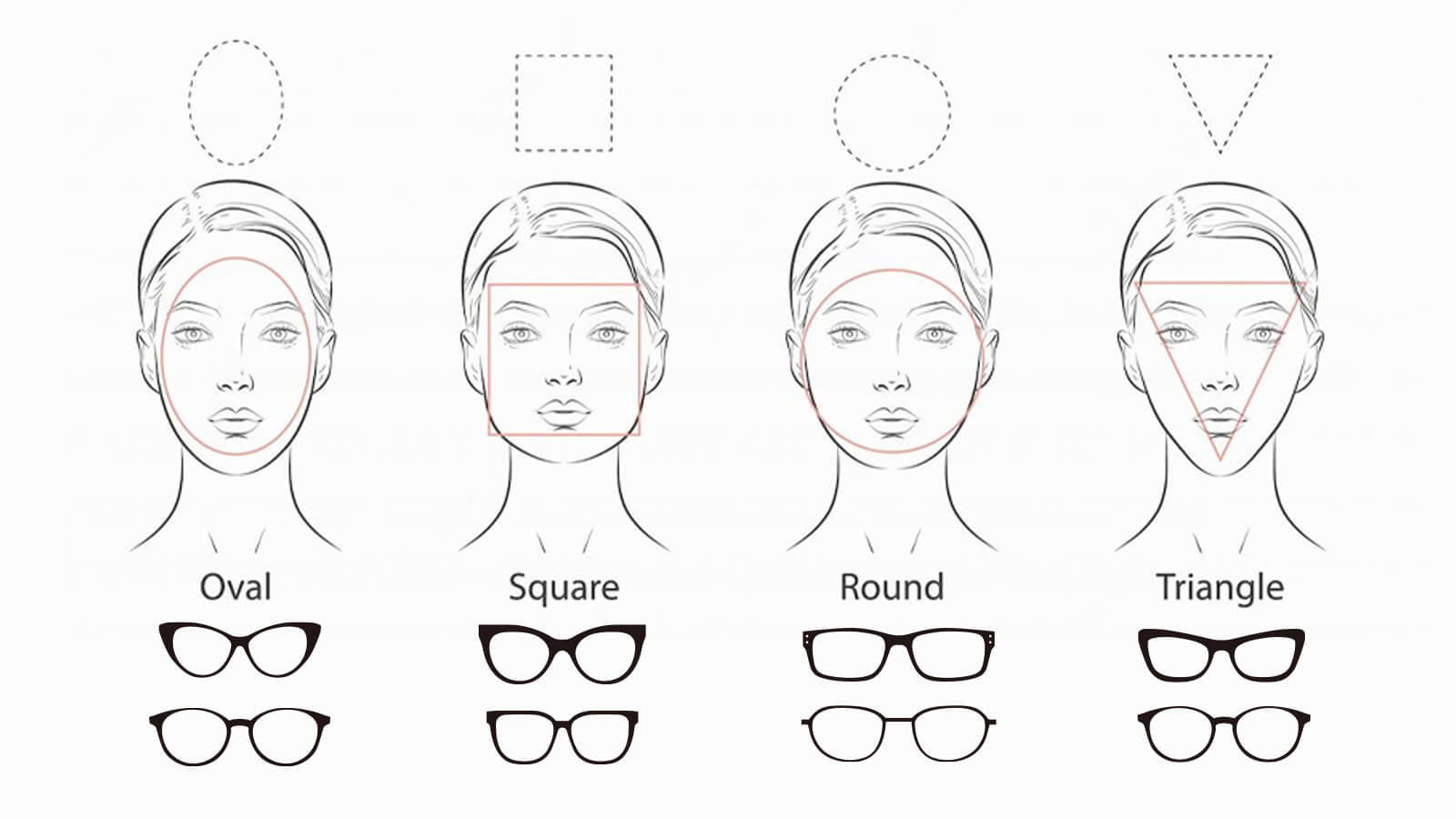
Guide to Picking Glasses That Suit Your Face Shape Perfectly
February 27,2023

What is Boho Style? A Comprehensive Guide to Boho-Chic Fashion
February 13,2025

Virtual Glasses Try On - Find Your Perfect Pair Online
April 02,2024

UV Protection Glasses VS. Blue Light Glasses - Vooglam
July 20,2023

Newest Style Modern Trendy Mens Glasses | Vooglam
March 01,2024

Stylish Reading Glasses: Blending Fashion with Functionality
February 16,2023

What are photochromic lenses & glasses?
September 22,2023

Brown Eyes: The Beauty of the Most Common Hue
September 01,2024

The chubby face glasses for round face female
August 02,2023

What are prisms in eyeglasses?
March 20,2023

What are Bifocal Lenses? - Vooglam
April 14,2023

How to Read Your Eyeglass Prescription?
March 11,2023
Adjusting to Progressive Lenses: Guide to Faster Adaptation
This article is not a substitute for a professional diagnosis.
You put on your new progressive lenses. The world looks sharp, then strange. The floor feels like it's moving. You see a bend at the edges, like you are in a fishbowl. Some people even refer to it as a “swimming” feeling. Do not worry. This is normal.
Progressive lenses have more than one power in one lens. Your eyes and brain need time to adapt.. This guide will walk you through the steps to adjust to progressive lenses, making the process faster and smoother.

Setting Expectations: Why Adaptation Takes Time
Let’s take a deep look at how long it takes to adjust to progressive lenses.
Understanding Neuro-Adaptation
Your brain is not only “getting used to” the glasses. It is doing more. It is learning a new skill. The brain must sort out blur at the edges. It must guide your eyes through the clear center. It learns how to move with the lens zones for far, middle, and near vision. Doctors call this neuro-adaptation.
The Typical Adjustment Timeline
Most people feel better after a few days. Some may need up to two weeks. A few take longer, but most people can adjust with steady wear and use.
Three Golden Rules for Adjusting to Progressives
| Movement | Correct Action | Purpose |
|---|---|---|
| Looking Side-to-Side | Turn your head ("Point your nose"). | To stay in the lens's clear central corridor. |
| Reading (Close-up) | Lower your eyes ("Read down your nose"). | To use the dedicated "near vision" zone at the bottom. |
Rule #1: Commit to Full-Time Wear
Do not switch back to old glasses. Wear the progressives all day. This is the fastest way for your brain to adjust. If you keep switching pairs, you will not adjust to your new glasses.
Rule #2: Point Your Nose, Not Your Eyes
When you look at something, turn your head. Do not just move your eyes. This helps your gaze go through the clear center of the lens. The edges can warp lines or blur them. A head turn puts things back in focus.
Rule #3: Intentionally Practice with Your Vision Zones

Progressives have three main zones:
- The top part is for distance.
- The middle is for in-between tasks, like the computer.
- The bottom is for reading or close-up work.
Practice with each. Watch TV with the top part. Use the middle for typing on your computer. Hold a book at a steady angle to use the bottom. This practice will help train your eyes more quickly.
How to Conquer Common Day-to-Day Challenges
Navigating Stairs and Curbs Safely
When you go down steps, tuck your chin toward your chest. Look through the top part of the lens. This keeps the ground in focus. It stops stairs from looking stretched or too close.
Optimizing for Computer and Desk Work
Set your chair so your monitor is in line with your eyes. Place the screen at a height that matches the middle zone of your lenses. This helps prevent neck and shoulder pain.
Driving and Checking Your Blind Spots
When you drive, turn your head more than usual. Use your head to position the side mirrors in the center of the lens. This reduces blur and gives a sharp view of your blind spots.
A Troubleshooting Checklist: Why Fit is Everything
Step 1: Check Your Frame's Position
Glasses must be positioned correctly. If your frame slides down your nose, the lens zones move. Then your eyes cannot find the right corridor. Push them back up to where they should be. Ensure your frames fit snugly and securely for both vision and comfort.
Step 2: Confirm Your Crucial Measurements

Two numbers are key: Pupillary Distance (PD) and Segment Height. If they are off by even a few millimeters, the whole corridor shifts. Then your eyes cannot adjust, no matter how hard you try.
Think of it this way: It is like trying to walk on a staircase that is built off-center. Your feet cannot learn the steps if the stairs do not match your stride. The same goes for lenses and your pupils.
When ordering from Vooglam, please measure PD and Segment Height with care. A good fit makes adaptation possible.
Step 3: When to Contact Your Eye Doctor
If you still feel dizzy or strained after two weeks of full-time wear, check again. The issue may be in the prescription, not in your brain. This is rare, but it can happen.
Conclusion
Adjusting to progressives takes patience. Your brain is learning a new skill. You must give it time. Wear them full-time, turn your head, and use each lens zone with purpose.
Check your frame fit and make sure your measurements are correct. If your lenses sit right, your brain can adapt. In most cases, two weeks is enough.
By now, you may have a complete idea of how progressive contact lenses work. The learning curve may feel hard at first. But soon, you will move from blur to freedom. Progressive Addition Lenses give you sharp vision at all distances in one stylish frame. The short wait is worth it.

Vooglam Blog
Vooglam blog shares professional knowledge about eyeglass frames, lenses, etc., and provides help when purchasing and using eyewear products. At the same time, Vooglam focuses on fashion glasses to interpret the trend of glasses for you.

Vision Tools/Hypothesis: First Look at the TOMBOGO x Vooglam Collection
Having debuted earlier this year at NYFW Vision Tools/ Hypothesis now a fully realized, and released system. It is a limited edition designer collaboration that takes from Tombogo's Vision Tools philo
December 13,2025
Can You Use HSA for Glasses? (Yes, and Here Is How)
If you have a Health Savings Account (HSA), you are sitting on a powerful financial tool. Unlike a standard bank account, it’s tax-free. And unlike a Flexible Spending Account (FSA), the money is your
December 11,2025
FSA Sunglasses: How to Buy Stylish Shades Tax-Free
Imagine walking out of a store with a pair of high-quality, polarized, designer-style sunglasses, and your bank account balance stays exactly the same.It sounds like a loophole, but for millions of Am
December 11,2025
Are Reading Glasses FSA Eligible? (Yes, and Here Is Why You Should Upgrade)
You’re standing in the pharmacy aisle, squinting at a $12 pair of plastic readers. You know they’ll scratch in a week. You know they don’t really fit your face. But you need them to read a menu or che
December 11,2025





































